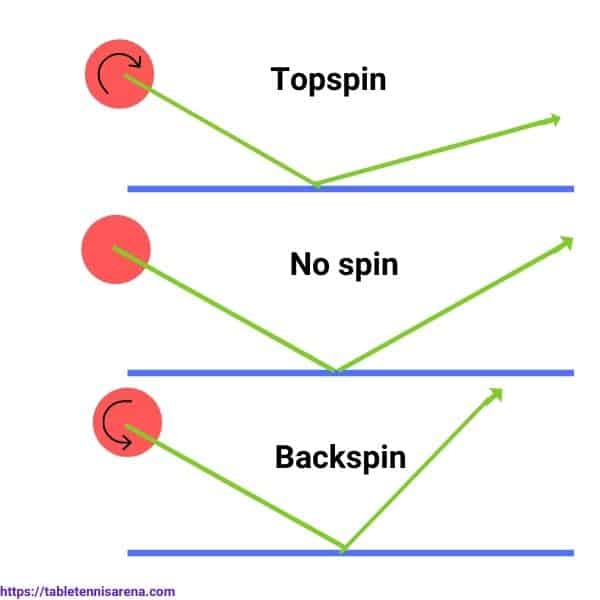
Weightlifting Injury Prevention Guide: A Comprehensive Approach
Weightlifting, while offering numerous physical and mental health benefits, carries a significant risk of injury if not approached with proper technique, planning, and respect for one’s limits. This comprehensive guide outlines strategies for injury prevention, encompassing various aspects of weight training, from proper warm-up and exercise execution to recovery and long-term planning.
I. Understanding the Risks:
Before diving into prevention strategies, it’s crucial to understand the common injuries associated with weightlifting. These injuries can range from minor strains and sprains to more severe issues like tendonitis, muscle tears, hernias, and even fractures. The most frequently affected areas include:
- Lower Back: Improper form during lifts like squats and deadlifts significantly stresses the lower back, leading to strains, sprains, and even herniated discs.
- Shoulders: Overhead presses and bench presses place considerable stress on the shoulder joint, making rotator cuff injuries, shoulder impingement, and labral tears common.
- Knees: Squats, lunges, and leg presses can strain the knee ligaments and menisci, leading to injuries like ACL tears and meniscus damage.
- Elbows and Wrists: Incorrect form during exercises like bicep curls and triceps extensions can lead to tendonitis and strains.
- Neck: Improper form in exercises such as barbell shrugs can cause neck strain and injury.
II. The Cornerstone of Prevention: Proper Technique
Mastering correct form is the single most important factor in injury prevention. This involves understanding the biomechanics of each exercise and executing it with precision. Here’s a breakdown:
- Learn from Qualified Professionals: Begin your weightlifting journey under the guidance of a certified personal trainer or strength and conditioning coach. They can assess your form, correct any errors, and tailor a program to your individual needs and abilities. Consider investing in a few sessions to establish a solid foundation.
- Start Light and Focus on Form: Don’t jump into heavy weights immediately. Begin with lighter weights to master the correct form. Focus on the quality of your repetitions rather than the quantity. A perfect rep with a lighter weight is far superior to a sloppy rep with a heavier weight.
- Control the Movement: Avoid jerky or uncontrolled movements. Each repetition should be smooth and controlled, both during the concentric (lifting) and eccentric (lowering) phases. The eccentric phase is particularly important for muscle growth and injury prevention, as it engages more muscle fibers and helps reduce the risk of injury.
- Maintain a Neutral Spine: In many compound lifts (squats, deadlifts, rows), maintaining a neutral spine is critical. This means keeping your back straight, avoiding excessive rounding or arching. Engage your core muscles throughout the lift to stabilize your spine.
- Full Range of Motion (ROM): Unless specified by a program, always strive for a full range of motion during each exercise. This ensures proper muscle activation and reduces the risk of imbalances that can lead to injury. However, avoid forcing the ROM if it causes pain.
- Utilize Mirrors: Use mirrors to monitor your form during your workouts. This allows you to identify and correct any deviations in real-time. Consider recording yourself to review your form later.
III. Pre-Workout Preparation:
A proper warm-up is crucial for preparing your body for the stresses of weightlifting. This includes:
- Cardiovascular Warm-up (5-10 minutes): Light cardio, such as jogging, jumping jacks, or cycling, increases blood flow to your muscles, raising their temperature and improving their elasticity.
- Dynamic Stretching (5-10 minutes): Dynamic stretches involve controlled movements through a range of motion, such as arm circles, leg swings, and torso twists. These stretches improve flexibility and joint mobility without overstretching the muscles.
- Specific Warm-up Sets: Perform a few sets of the exercises you’ll be doing with lighter weights (around 50% of your working weight). This prepares your muscles and nervous system for the heavier loads to come.
IV. Workout Planning and Progression:
- Progressive Overload: Gradually increase the weight, repetitions, or sets over time. This challenges your muscles and promotes growth, but avoid increasing too quickly. Listen to your body and adjust your program accordingly.
- Proper Exercise Selection: Choose exercises that are appropriate for your experience level and fitness goals. Avoid exercises that cause pain or discomfort.
- Rest and Recovery: Allow sufficient rest between sets and workouts. Muscles need time to recover and rebuild. Adequate sleep (7-9 hours per night) is also crucial for muscle recovery and injury prevention.
- Training Split: Consider implementing a training split to avoid overtraining specific muscle groups. A common approach is to split your workouts into upper body and lower body days, allowing adequate recovery time for each muscle group.
- Listen to Your Body: Pay attention to your body’s signals. If you experience pain, stop the exercise and seek professional advice. Ignoring pain can lead to more serious injuries.
V. Post-Workout Recovery:
- Cool-down (5-10 minutes): Engage in light cardio and static stretching after your workout. Static stretching involves holding a stretch for 20-30 seconds. This helps improve flexibility and reduce muscle soreness.
- Nutrition: Consume a protein-rich meal or snack after your workout to aid muscle recovery and repair.
- Hydration: Drink plenty of water throughout the day, especially before, during, and after your workouts.
- Sleep: Prioritize adequate sleep to allow your body to repair and recover.
- Foam Rolling and Self-Massage: Foam rolling can help to reduce muscle soreness and improve flexibility.
VI. Long-Term Considerations:
- Regular Check-ups: Consult with your doctor or physical therapist regularly, especially if you experience any persistent pain or discomfort.
- Variety in Your Training: Avoid repetitive movements by incorporating a variety of exercises into your routine.
- Proper Equipment: Use equipment that is properly adjusted and maintained.
- Strength Training for All: Remember that strength training is beneficial for all ages and fitness levels, but appropriate modifications are necessary for different populations. Consult with a professional to ensure safety.
VII. Seeking Professional Help:
If you experience any persistent pain, swelling, or limitation in movement after weightlifting, it’s crucial to seek professional medical attention. Don’t hesitate to consult a doctor, physical therapist, or other healthcare professional. Early intervention can significantly improve recovery and prevent long-term complications.
By following this comprehensive injury prevention guide, you can significantly reduce your risk of injury while enjoying the many benefits of weightlifting. Remember that consistency, proper technique, and a mindful approach to training are key to a safe and successful weightlifting journey.



